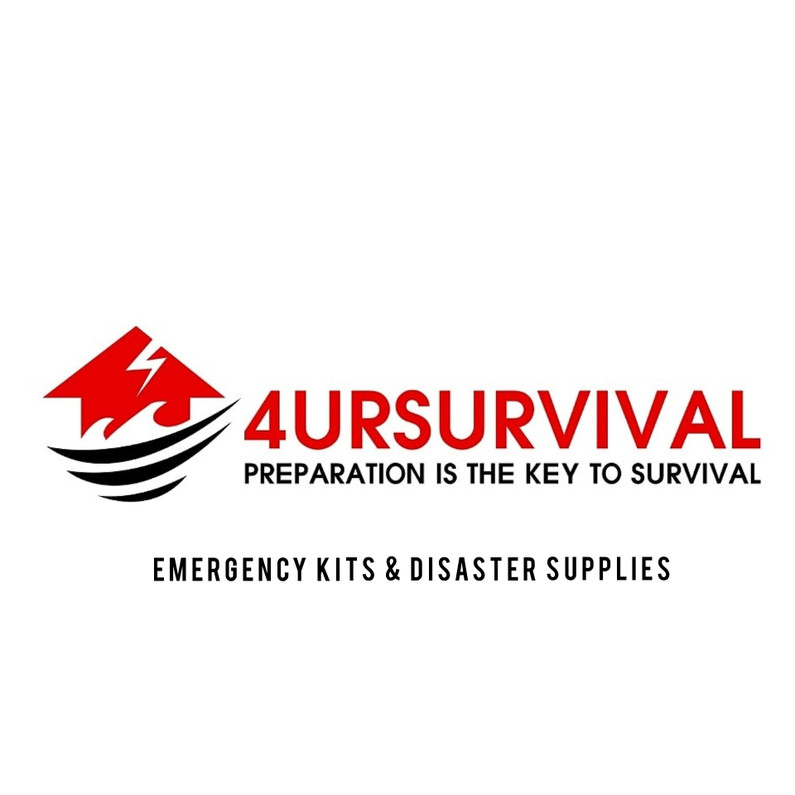How to Create a Pet Kit?
Think first about the basics for survival, particularly food and water. Consider two kits. (1) Set aside everything you and your pets will need to stay where you are. (2) The other kit should be a lightweight, smaller version you can take with you if you and your pets have to get away. Be sure to review your kits regularly to ensure that their contents, especially foods and medicines, are fresh.
https://4ursurvival.com/search.php?search_query=pe...
Food: Keep at least three days of food in an airtight, waterproof container.
Water: Store at least three days of water specifically for your pets in addition to water you need for yourself and your family.
Medicines and medical records: Keep an extra supply of medicines your pet takes on a regular basis in a waterproof container.
First Aid Kit: Talk to your veterinarian about what is most appropriate for your pet's emergency medical needs. Most kits should include cotton bandage rolls, bandage tape and scissors; antibiotic ointment; flea and tick prevention; latex gloves, isopropyl alcohol and saline solution. Include a pet first aid reference book.
Collar with ID Tag, Harness or Leash: Your pet should wear a collar with its rabies tag and identification at all times. Include a backup leash, collar and ID tag in your pet's emergency supply kit.
In addition, place copies of your pet's registration information, adoption papers, vaccination documents and medical records in a clean plastic bag or waterproof container and add them to your kit. Even if you never have to face an emergency situation, you should talk to your veterinarian about permanent identification such as micro-chipping, and enrolling your pet in a recovery database. Often in disaster situations where pets are free-roaming, rescue groups will pick them up. They may end up in shelters far away, even in another state. If you are separated from your pet, you will have the best chance of being reunited if your pet is micro-chipped. Keeping your emergency contact information up to date and listed with a reliable recovery database is always important.
Crate or Other Pet Carrier: If you need to evacuate in an emergency take your pets and animals with you provided that it is practical to do so. In many cases, you will need a sturdy, safe, comfortable crate or carrier ready for transporting your pet. The carrier should be large enough for your pet to stand, turn around and lie down.
Sanitation: Include pet litter and litter box if appropriate, newspapers, paper towels, plastic trash bags and household chlorine bleach to provide for your pet's sanitation needs. You can use bleach as a disinfectant (dilute nine-parts water to one-part bleach), or in an emergency you can also use it to purify water. Use 16 drops of regular household liquid bleach per gallon of water. Do not use scented or color safe bleaches, or those with added cleaners.
A Picture of You and Your Pet Together: If you become separated from your pet during an emergency, a picture of you and your pet together will help you document ownership and allow others to assist you in identifying your pet. Include detailed information about species, breed, age, sex, color and distinguishing characteristics.
Source: Disaster Preparedness for Pets | Pet FBI
https://4ursurvival.com/search.php?search_query=pe...
Recent Posts
-
Hurricanes
Prepare for HurricanesKnow your Hurricane RiskHurricanes are not just a coastal problem. Find out ho …13th Sep 2021 -
Distress Signals
Distress Signals: What Distress Signals can you use?Help Flag - www.4ursurvival.comYou Will Need* A …30th Aug 2021 -
Get Ready for Disasters During National Preparedness Month
September is National Preparedness Month, the perfect time to get your household ready for an emerge …23rd Aug 2021


